Travel and tourism in April 2020 have stopped. The unimaginable has happened. An industry that accounts for 10% of the world GDP is on hold.
What will travel look like after coronavirus? And just when will we be able to travel again?
We may earn affiliate commissions from websites we link to, at no cost to you. Click here for details.
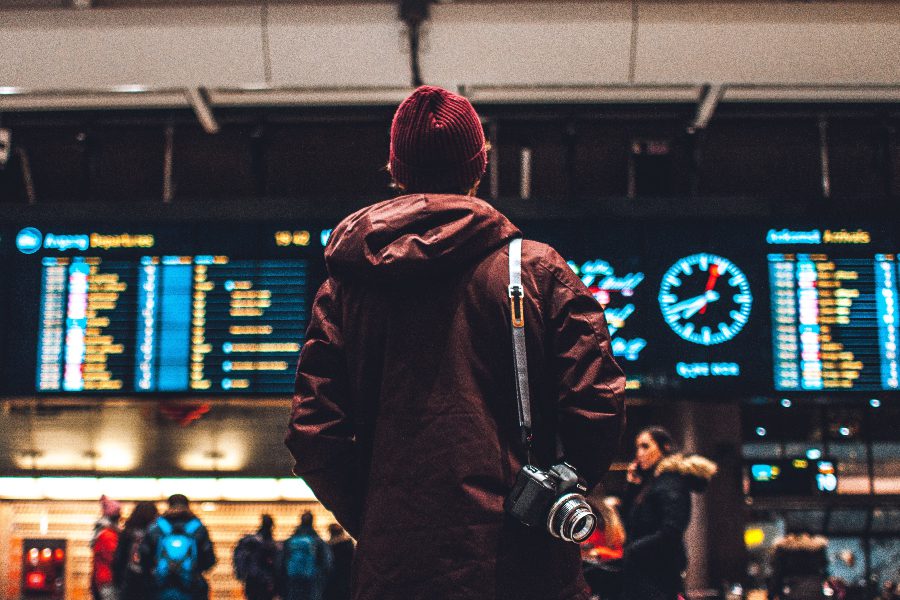
Travel is a privilege they say. There are those who can and want to travel, and there are those that travel provides them with much-needed income.
Up to 50 million jobs will be lost as a result of today’s pandemic according to the World Travel Tourism Council. Around 30 million jobs would be in Asia.
The travel industry has been through a lot before. Natural disasters, wars, recession and other pandemics. But COVID-19 currently impacts the entire world. We know we will get through this and travel will resume. But there might be some significant changes.
Table of Contents
Countries closed their international borders to contain the spread. Not just that, individual states in countries like Australia have imposed restrictions for interstate travel. There are cities and villages in Europe completely shut off from the rest of the country. Either to contain the virus or to protect its inhabitants.
The prediction that domestic travel will resume first seems to make a lot of sense. Once countries contain the numbers of infections and there are no new community transmissions, countries can ease the current restrictions.
Citizens will, after weeks of staying home be allowed to explore their own country. Those who work in tourism will welcome visitors, this time it will be locals.
With the coming summer months in Europe, it could be a summer like no other – enjoyed by the locals. And for those in Australia, finally, after a bushfire season and coronavirus, money could be spent in regional Australia.
We have seen countries imposing restrictions on travels from countries with a virus (such as China or Iran in Feb). This might happen again, but retrospectively.
Some estimate that countries such as South Korea, Iceland, New Zealand, Singapore, Taiwan and Hong Kong might be the first ones to become virus-free. The possibility to resume flights/travel between these countries first has been mentioned by some experts. So you might be able to travel after coronavirus to these countries first.
As for Europe, the European Union will most likely focus to resume travel for all countries within first. There are 26 countries that are part of the Schengen Zone which allows free movement for its citizens.
Many countries within the Schengen zone have imposed border checks and compulsory 14-day quarantine at the start of the pandemic to control the spread. But there is no doubt that full border-free travel will be established as soon as possible.
For now, the daily deaths from COVID-19 in France, UK, Belgium and the Netherlands are projected to peak in mid/end of April by some experts.
The number of cases and deaths vary across Europe. Spain and Italy combined have seen 35,000 people die of the virus so far. That is 50% of all deaths in Europe across 44 countries.
The good news is that there are countries that managed to control the spread and have seen deaths only in single-digit numbers: Malta (2), Montenegro (2), Slovakia (3), Latvia (3) and Iceland (7).
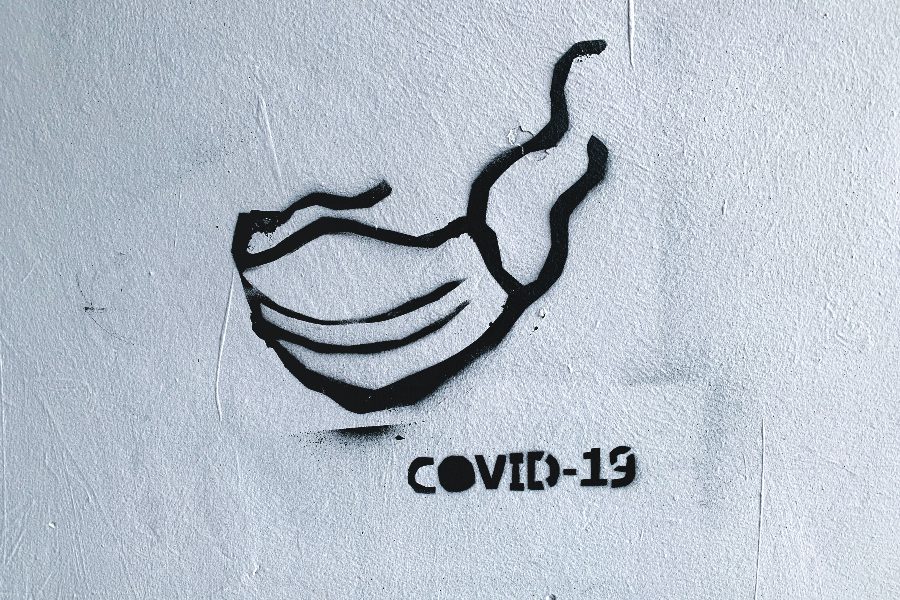
Coronavirus vaccine, immunity test and rapid tests. These are the three essentials to see travel after coronavirus.
There is no doubt that the focus of all biotech companies is on finding a coronavirus vaccine. But as you have probably heard by now, a vaccine might be 12-18 months away.
World Health Organization has stressed to test on large scale from the beginning of the pandemic. And many countries are doing just that. Mass testing has seen some great results in South Korea, Germany and Iceland.
Developing a rapid test would be a game-changer. There has been a lot of talk about testing people for antibodies, the so-called immunity tests. This test proves that you have already had been exposed to the virus and now have the antibodies to not get sick again.
These tests offer hope for travel to resume. Imagine being able to simply check-in for your flight with a quick test that can confirm that:
A) You do not have COVID-19 or B) You already have immunity.
It would mean that there is no reason for 14-day quarantine upon your arrival at your destination.
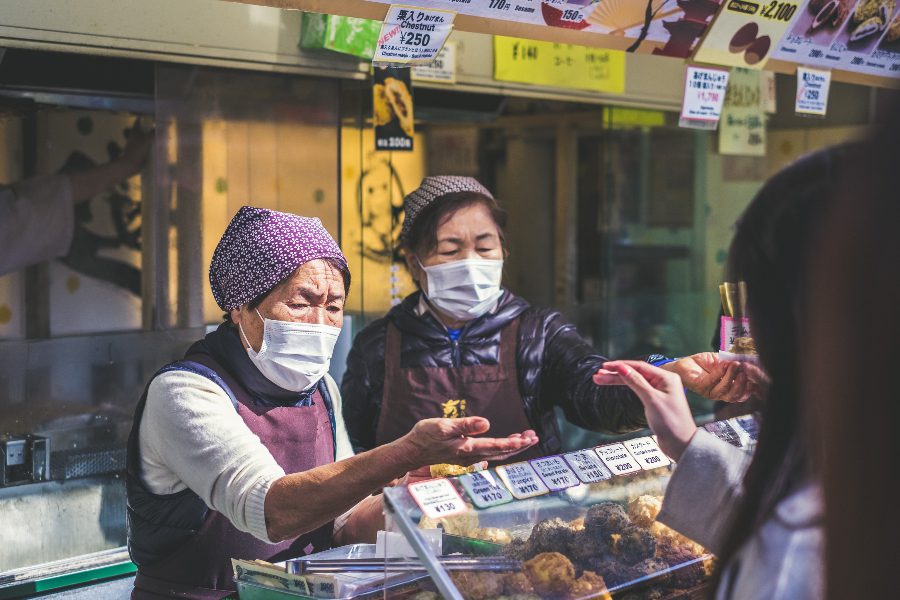
Any seasonal traveller knows that the Yellow Fever Certificate is a requirement to enter many countries in Africa. The possibility that an Immunity Card will be the new norm is very likely.
How would it work?
First, you would need to take an immunity test that will confirm that you already have antibodies. You would be issued a card to present when travelling internationally. Simply check in for your flight with your passport, your new immunity card and you are ready to go.
This wouldn’t just apply to people that wish or need to travel, but to our society as a whole.
Experts from Germany and Iceland believe that immunity tests are the best way to restart the economy. Test the population for antibodies. Issue immunity cards and allow those to go back to work. Citizens without the antibodies might continue with social distancing until a vaccine is found.
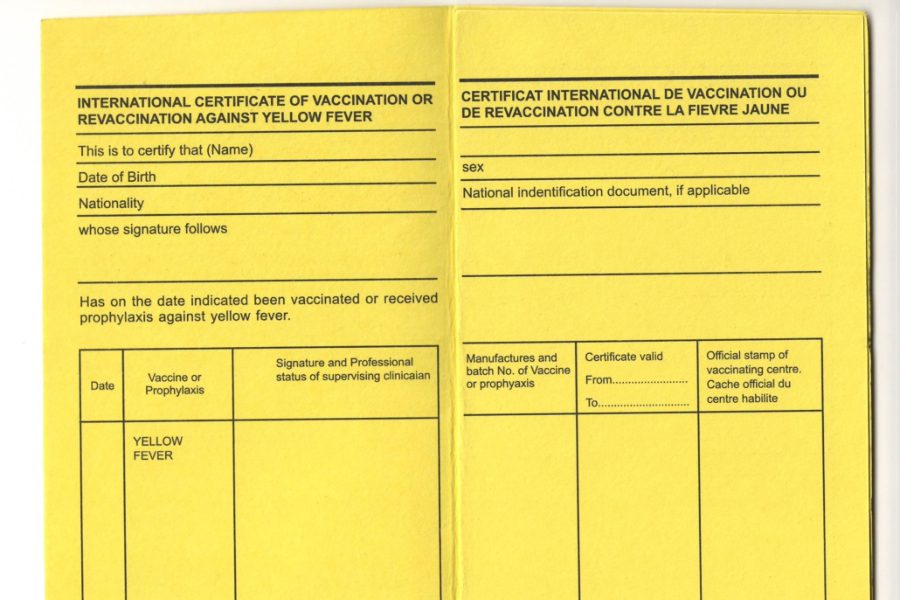
With travel restrictions in place, all airlines have been hit. The unfamiliar pictures of planes parked up in a row at secondary airports have been shared on social media. Some airlines have resumed flying to get thousands of people stranded across the world in the past weeks.
In a time of need, we have seen the long-haul flight redefined. As airlines couldn’t transit through certain air hubs such as Singapore or Dubai due to new travel bans in place.
Air Tahiti Nui flew the longest ever scheduled passenger flight by distance — transiting 9,765 miles across the world from Papeete, in Tahiti to Paris’ Charles de Gaulle airport.
The popular route flown by Qantas from London to Sydney with a stop in Singapore had to be modified. First time ever Qantas flagship Airbus A380 flew from London to Darwin in Australia to refuel and fly onto Sydney. Darwin is a city of only 132,000 in the Northern Territory. The flight to Darwin took 16 hours 20 minutes.
But come April, airlines are in bad shape. American Airlines, Qantas, Lufthansa, British Airlines and many more simply won’t survive without a bailout.
What does this mean?
Well, we most likely will see many small airlines fold. Some international routes in the future might be still served by multiple airlines that receive a bailout which would guarantee a competitive price.
But many other routes will be only serviced by one airline. A monopoly in flying usually translates into a much higher price for the customer. While the 4-hour flight within Europe would cost as little as 20 Euro, the same distance costs USD 500 in the Pacific. The reason? There is only one airline connecting certain destinations.
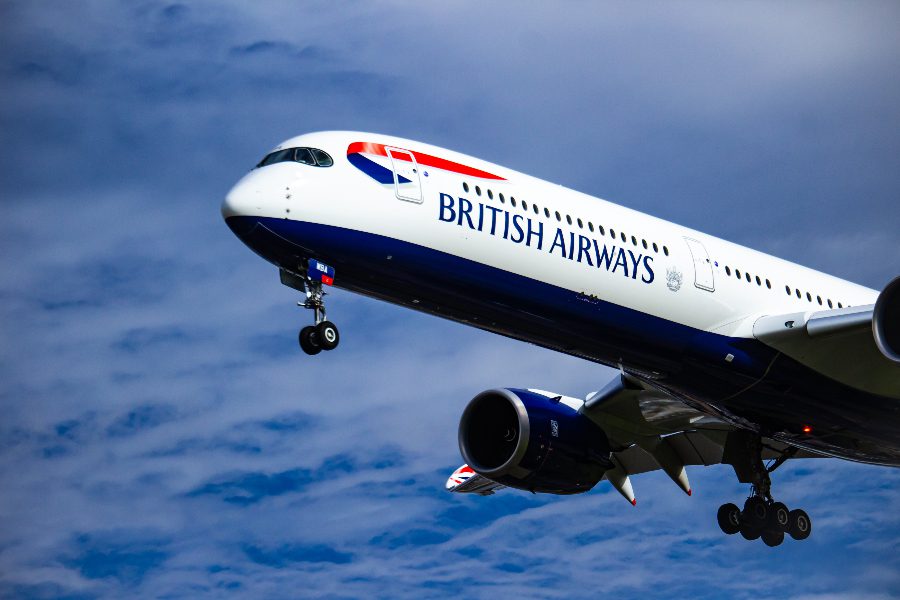
Cruises companies are facing the hardest challenge yet. As we see the last cruises coming into ports to allow travellers to get home, there are now multiple outbreaks of the virus linked to cruise ships. The crowded semi-enclosed areas on the ships increased exposure to the virus and made it difficult to contain.
Many cruise companies are registered in small island nations (usually in the Caribbean) to avoid paying taxes. They are now also left without any financial bailout.
Once travel and cruising are resumed, there might be some great deals to entice customers to cruise again. The question remains, will it be enough to convince people to cruise again?
Most tour companies and travel agencies have urged clients not to cancel their trips and get a refund, but to hold bookings in credit for the future. Rebooking for a later date was the most common suggestion in the past difficult months in the travel industry.
As the travel industry went through the toughest time yet. Letting people go after years of service, they were simultaneously trying to get stranded travellers home. An enormous task considering limited flights and countries closing their borders.
Many travellers who booked via a travel agency or tour operators were those who got home first. It was because these travel professionals were able to adapt quickly and reroute them via different countries often with alternative airlines.
Once travel is possible, the travel companies will rely on customers who have held their credit with them to use it and travel again so they can get back on their feet.
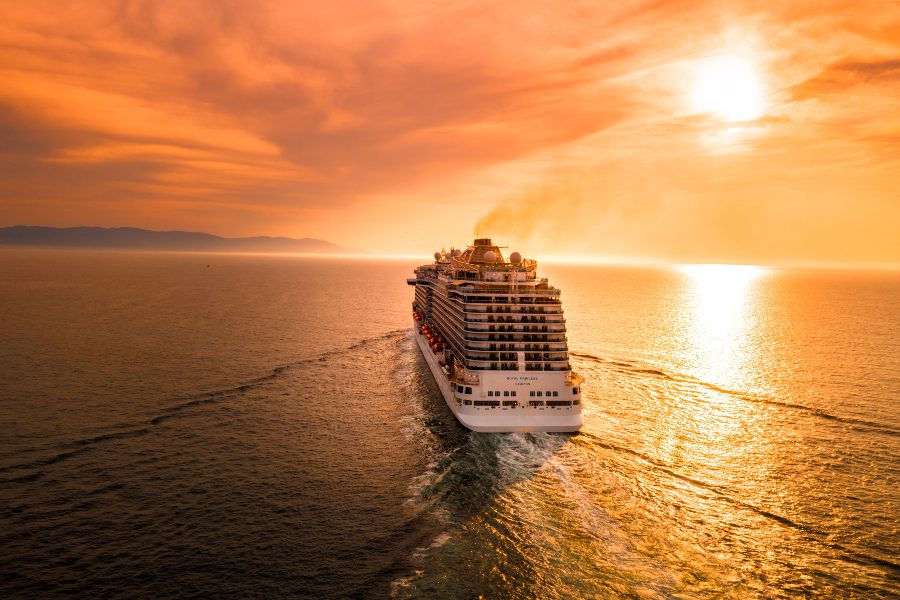
For adventurous travellers, the travel after coronavirus might bring some bad news. The notoriously difficult countries to visit might become impossible to enter.
North Korea has closed its borders to visitors as early as the 22nd of January and claims it has no cases of COVID-19. The chance of visiting this country in the near future is probably not great.
The same goes for countries such as Turkmenistan, Equatorial Guinea, Libya, Yemen, Eritrea, Venezuela or Nauru.
It can be difficult to obtain a visa or visit and in the post coronavirus world, they might not be so keen to welcome visitors anytime soon.
Read more: Countries without any coronavirus
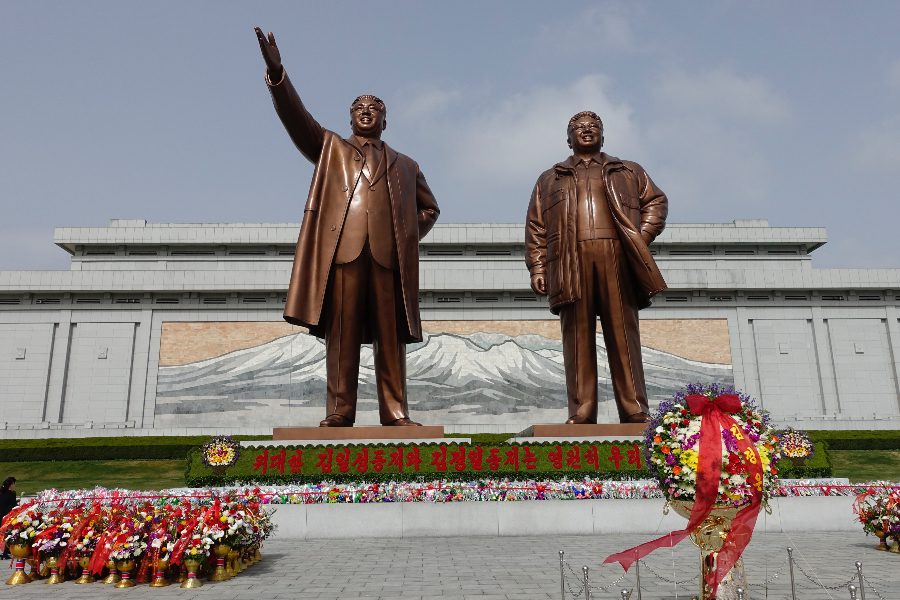
This is by far the best prediction for most of us. To boost demand to travel after coronavirus, we expect to see some great deals to entice travellers to go and explore the world once again.
Airlines will introduce specials to get us back to flying. Resorts will reopen to welcome family holidaymakers. And tour operators will encourage to book again.
I also hope that once the travel industry is in a full swing, we consider doing things better than before. Focusing on sustainability and the environment more than before. Now that we will be starting from scratch (so to speak) there is no excuse not to create a responsible travel industry.
What do you think will happen with travel after coronavirus in the coming months? How will the travel industry change?
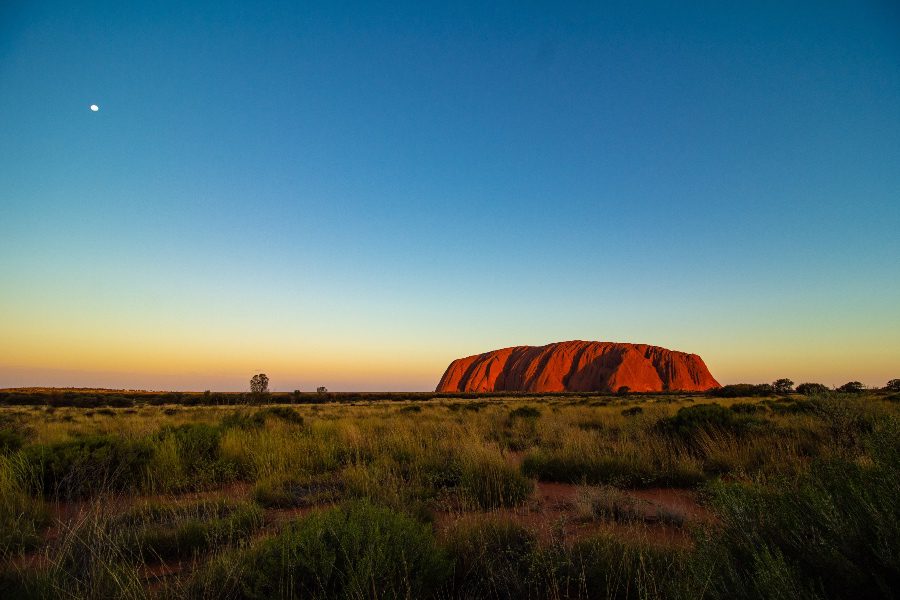
✈️ Flights: We use Skyscanner to book cheap flights worldwide.
🏨 Accommodation: Booking.com is our preferred platform for booking hotels and accommodation.
🏥 Travel Insurance: We recommend Heymondo (Get 5% off Heymondo) & SafetyWing
🚌 Transportation: Trainline is the best website to reserve trains. We use Omio to book transport worldwide. For travel in Asia, we use 12Go.
🚘 Car Rental: We use DiscoverCars to book rental cars worldwide.
👫 Group Tours: G Adventures OR compare multi-day tours worldwide with Tourradar.
📸 Day Tours & Trips: GetYourGuide & Viator are the only two platforms you need.
📚 Lonely Planet: The Best Range of Travel Guides & Ebooks, and FREE Shipping! (use code RACHELDAVEY10 for a 10% discount)
🎒 Luggage: Osprey Farpoint 40L Backpack or Samsonite Luggage Range.
🛄 What to Pack: Don’t forget your Universal charger and a good power bank. To help you pack the essentials, here is our ULTIMATE Packing List for all Travellers.
🐶 Become a House Sitter: Join Trusted Housesitters and enjoy FREE accommodation worldwide. Use our invite to receive 25% off your new membership.
💰 Send Money Anywhere: WISE & Revolut are the best online accounts that let you send money, get paid, and spend money internationally. Both are so easy to use and way cheaper than any bank transfer.
📶 Stay Connected: Airalo eSIM allows you to get connected the moment you land at your destination, and you can avoid those expensive data roaming charges. We LOVE this product! Use promo code NOMAD15 for 15% off ALL eSIMs (new Airalo users only) OR use NOMAD10 for 10% off ALL eSIMs (for existing Airalo users)
✅ Check out our Travel Gear and Travel Resources for more valuable tips to save you money!